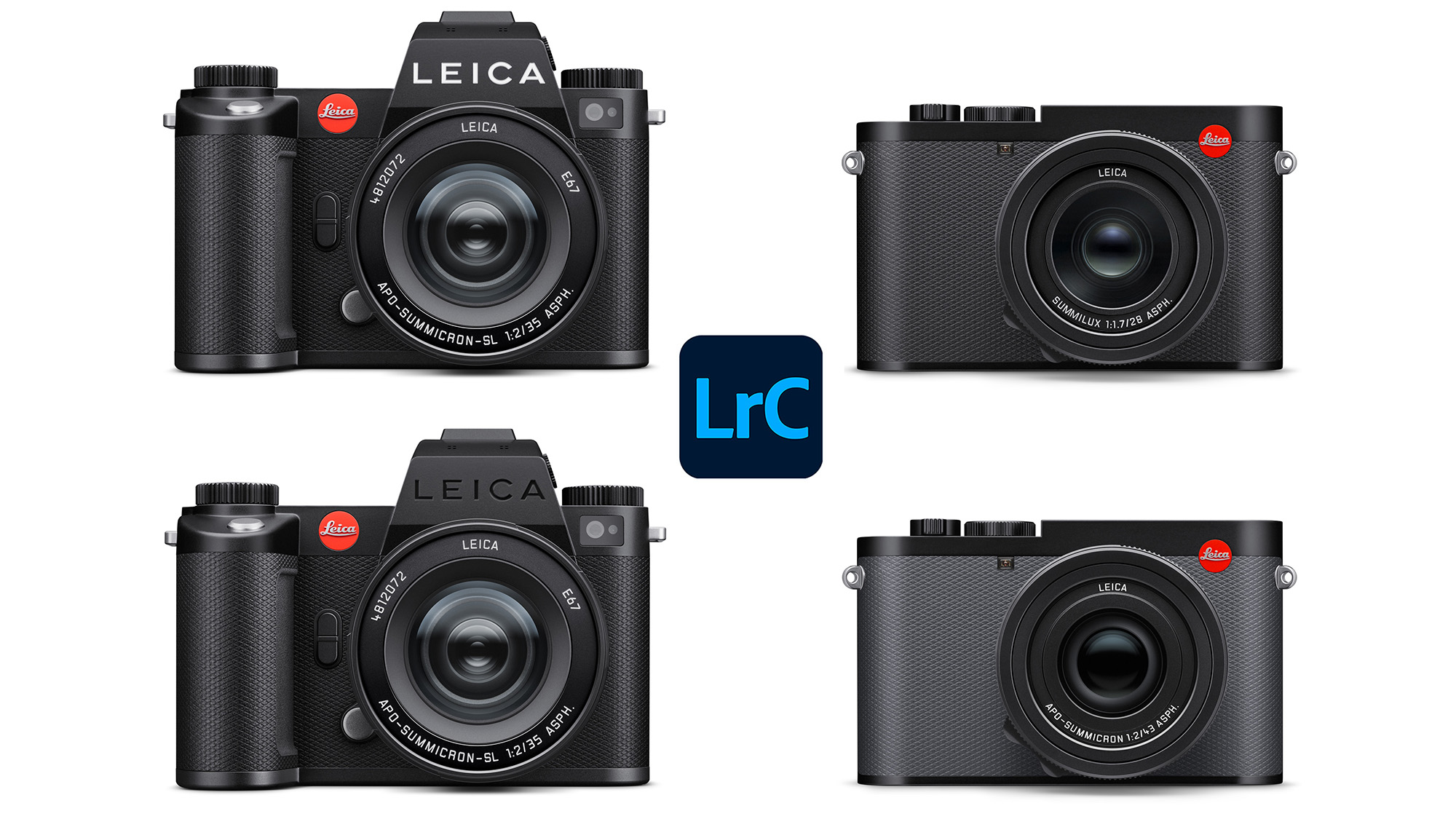Leica cameras get native tethering in Adobe Lightroom Classic
Leica Native Tethering comes to Adobe Lightroom Classic for select Leica cameras, with no additional plug-in required

Leica has announced Leica Native Tethering for Adobe Lightroom Classic ahead of the Adobe Max conference, which takes place in Los Angeles from October 28-30. The upgrade for Leica users is available via Adobe Lightroom Classic 15.0, and will require no additional plug-ins. Tethering support is available from today, across four cameras: the Leica SL3, Leica SL3-S, Leica Q3, and Leica Q3 43, with additional Leica cameras set to be supported in future updates.
Leica Native Tethering allows for a real-time display of live view, with autofocus point selection, directly from Adobe Lightroom Classic. This is said to provide "Precise control over exposure, aperture, ISO and white balance," and is the first time that Leica cameras have been natively integrated into Adobe’s creative workflow.
• See all the news from Adobe Max 2025
Head of Product Experience at Leica Camera AG, Nico Köhler, said: "We are delighted that Lightroom Classic now offers native tethering support for Leica cameras. This development is the result of close collaboration between Leica Camera and Adobe, aimed at optimising photographic workflows and further enhancing the Leica user experience."
Tethering is a crucial part of many studio professionals’ workflows, allowing them to link their camera with a compatible computing device. This allows for precise camera control via live view, as well as the ability to transition seamlessly from shooting to editing. Tethering also makes collaborating much easier, since multiple creatives can see what’s happening in real-time via a larger laptop or computer monitor. As such, Leica Native Tethering could prove an invaluable update for Leica studio photographers who use Lightroom Classic.
You might also like...
Looking for a more affordable Leica? Check out the Leica D-Lux 8. Here's why I think Leica is a good investment: an owner and user perspective. And if you're looking for something different, check out the best mirrorless cameras.
The best camera deals, reviews, product advice, and unmissable photography news, direct to your inbox!

Mike studied photography at college, honing his Adobe Photoshop skills and learning to work in the studio and darkroom. After a few years writing for various publications, he headed to the ‘Big Smoke’ to work on Wex Photo Video’s award-winning content team, before transitioning back to print as Technique Editor (later Deputy Editor) on N-Photo: The Nikon Magazine.
With bylines in Digital Camera, PhotoPlus: The Canon Magazine, Practical Photography, Digital Photographer, iMore, and TechRadar, he’s a fountain of photography and consumer tech knowledge, making him a top tutor for techniques on cameras, lenses, tripods, filters, and more. His expertise extends to everything from portraits and landscapes to abstracts and architecture to wildlife and, yes, fast things going around race tracks...
You must confirm your public display name before commenting
Please logout and then login again, you will then be prompted to enter your display name.
